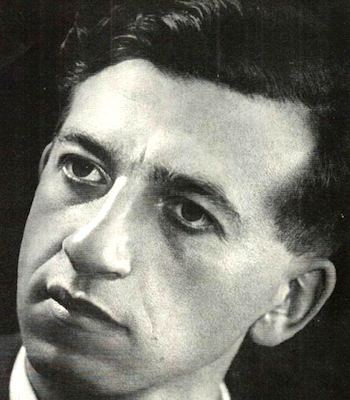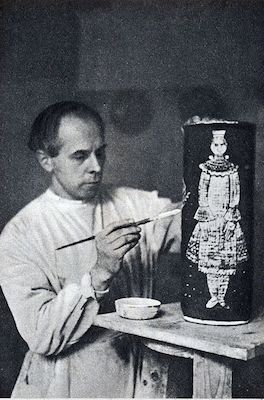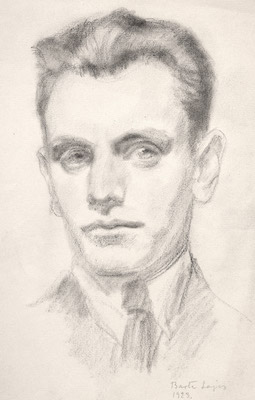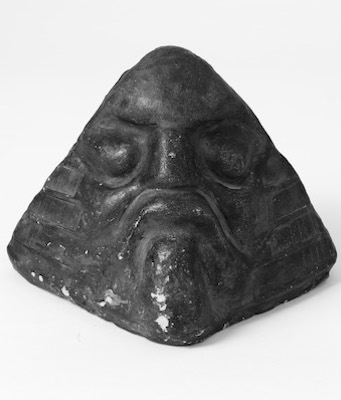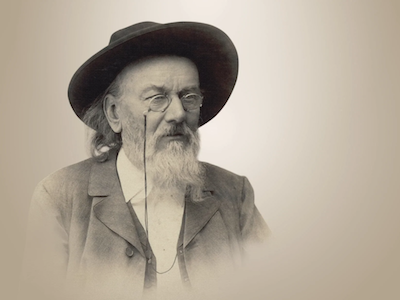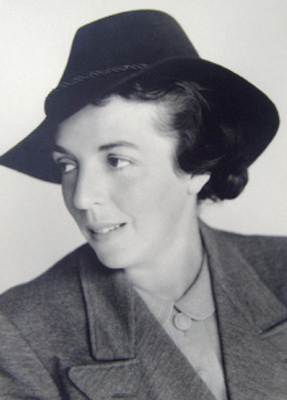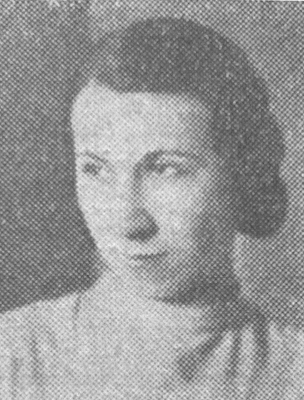Sculptures & Textiles and Applied art
(1800 - 1980)
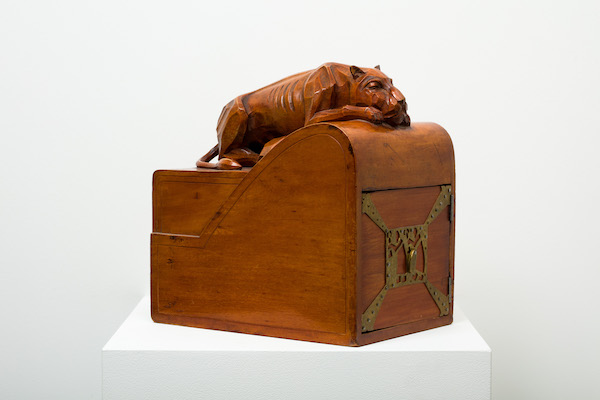
About
Sculptures & Textiles and Applied art
Sculpture is the branch of the visual arts that operates in three dimensions. It is one of the plastic arts. Durable sculptural processes originally used carving (the removal of material) and modelling (the addition of material, as clay), in stone, metal, ceramics, wood and other materials but, since Modernism, there has been an almost complete freedom of materials and process. A wide variety of materials may be worked by removal such as carving, assembled by welding or modelling, or moulded or cast.
Textile arts are arts and crafts that use plant, animal, or synthetic fibers to construct practical or decorative objects. Textiles have been a fundamental part of human life since the beginning of civilization. The methods and materials used to make them have expanded enormously, while the functions of textiles have remained the same, there are many functions for textiles. Whether it be clothing or something decorative for the house/shelter. The history of textile arts is also the history of international trade. Tyrian purple dye was an important trade good in the ancient Mediterranean. The Silk Road brought Chinese silk to India, Africa, and Europe, and, conversely, Sogdian silk to China. Tastes for imported luxury fabrics led to sumptuary laws during the Middle Ages and Renaissance. The Industrial Revolution was shaped largely by innovation in textiles technology: the cotton gin, the spinning jenny, and the power loom mechanized production and led to the Luddite rebellion.
Artworks in this theme
related artists
Klára Kuchta
(1941)
Irén Balázs
(1935 - 2012)
Dezső Bokros Birman
(1889 - 1965)
Sándor Bortnyik
(1893 - 1976)
Róbert Berény
(1887 - 1953)
Miksa Róth
(1865 - 1944)
István Pekáry
(1905 - 1981)
Ervin Bossányi
(1891 - 1975)
János Marosi Tímár
(1901 - 1961)
György Békeffi
(1901 - 1944)
Gyula Hincz
(1904 - 1986)
András Rác
(1926 - 2013)
Artúr Lakatos
(1880 - 1968)
Margit Fiora
(1898 - 1984)
Anna Lesznai
(1885 - 1966)
Ferenc Medgyessy
(1881 - 1958)
Ágnes Péter
(1949 - )
Géza Faragó
(1877 - 1928)
Henrik Ripszám
(1889 - 1876)
Carla Undi
(1881 - 1956)
Fülöp Beck Ö.
(1873-1945)
Endre Szőllősi
(1911- 1967)
István Gádor
(1891-1984)
Lajos Barta
(1899 - 1986)
Miklós Krivátsy Szűts
(1898-1982)
Zsolnay
()
Lili Márkus
(1900-1962)
Erzsébet Berkovits
(1906 - )

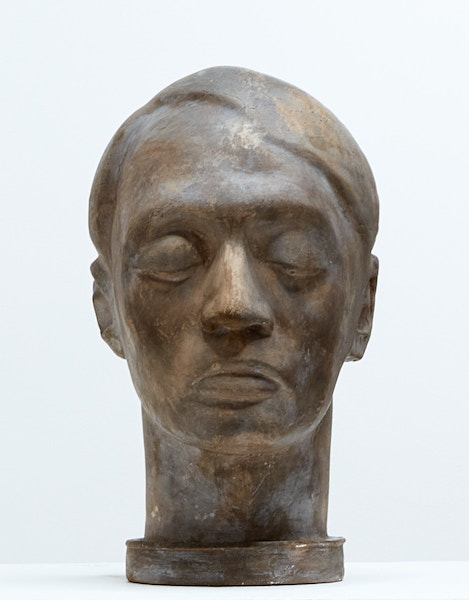
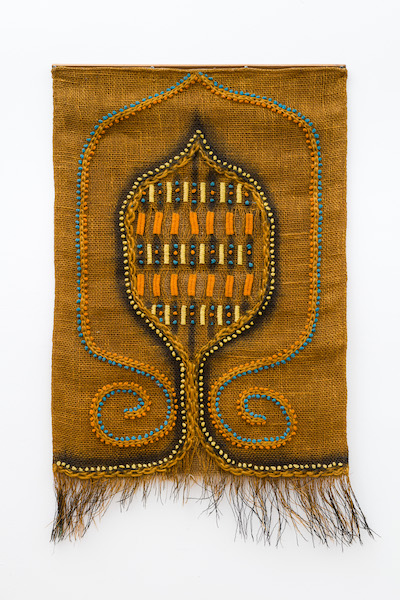
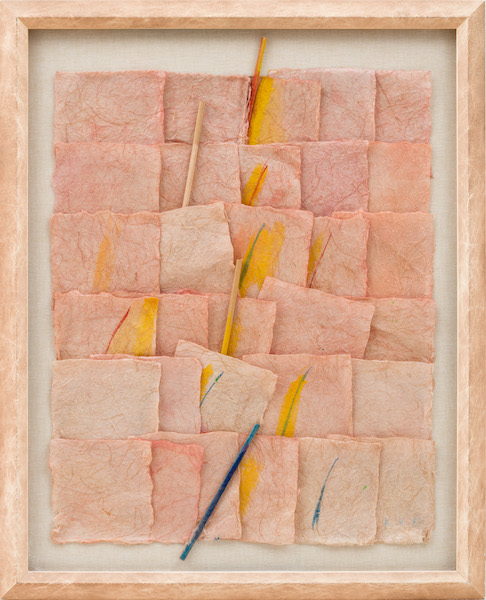

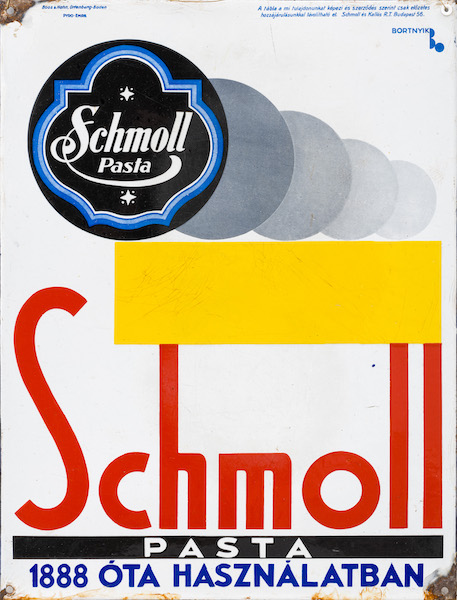
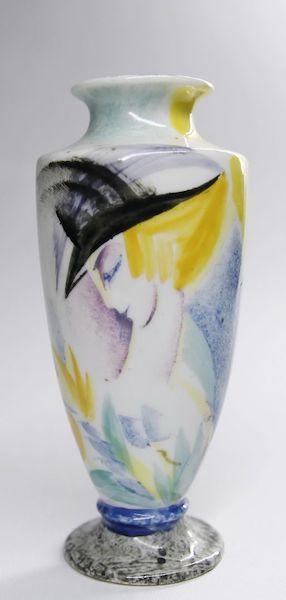
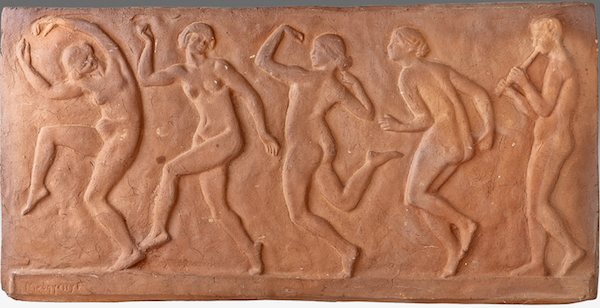
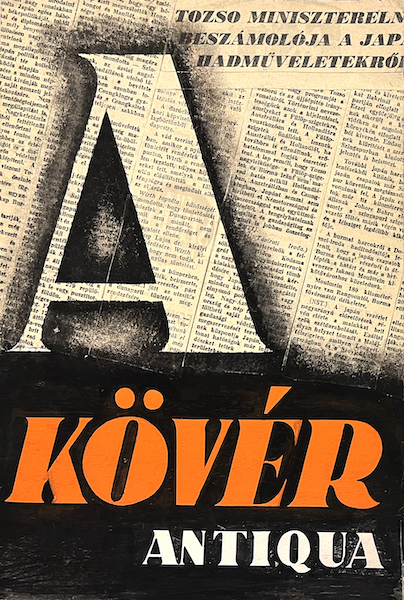
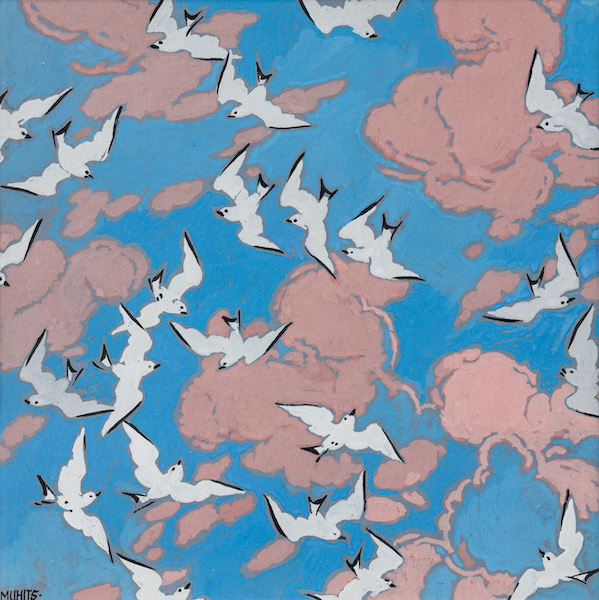
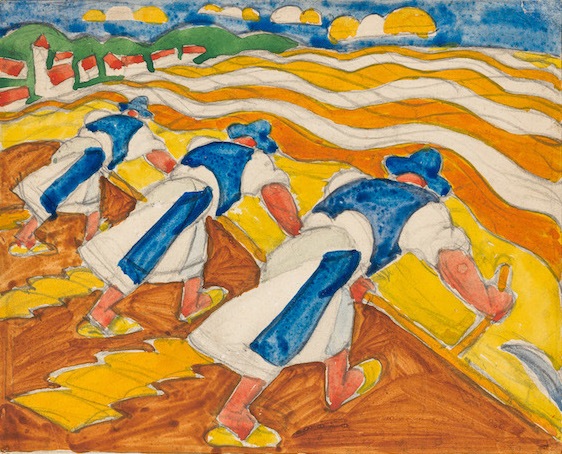
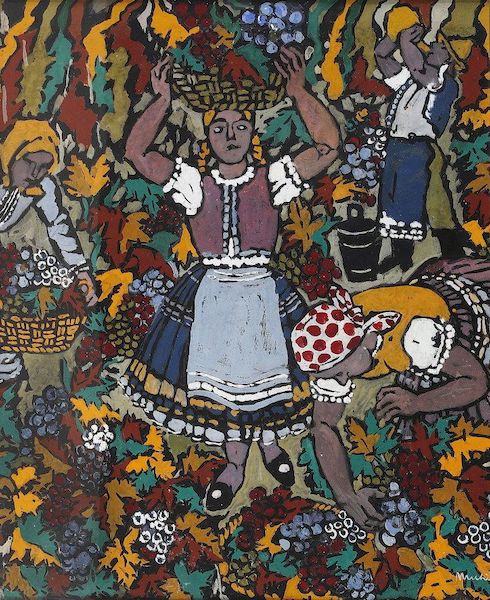
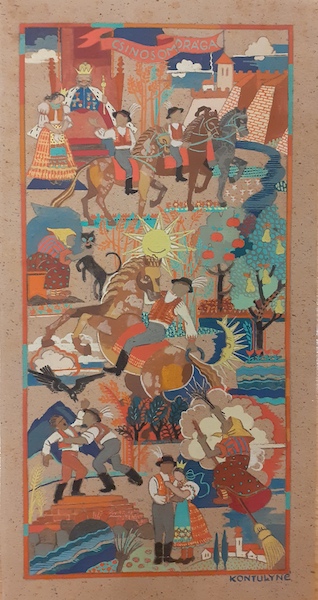
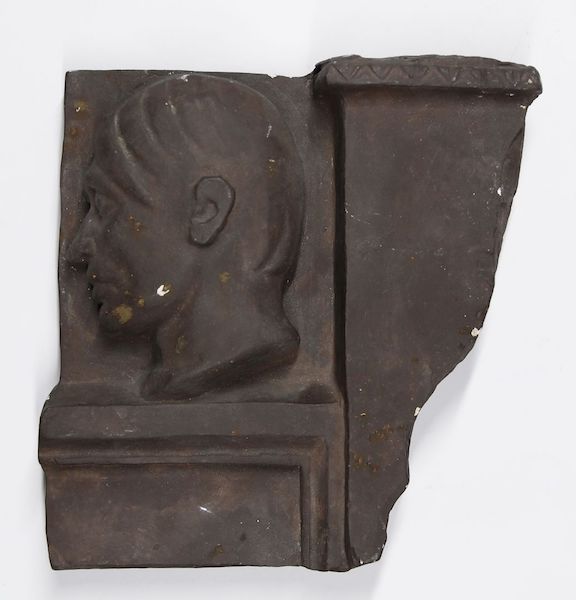
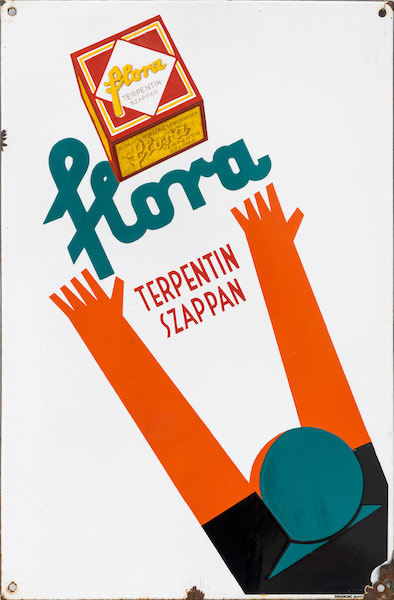
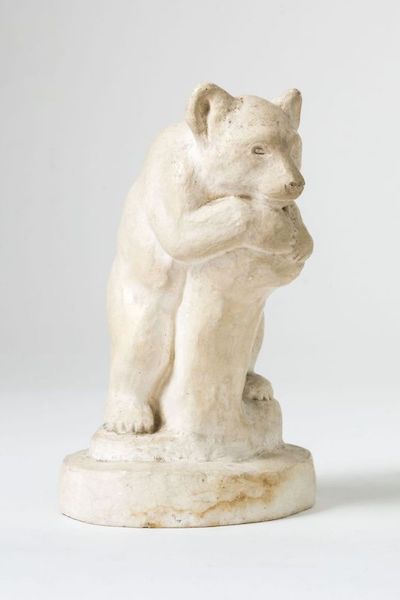
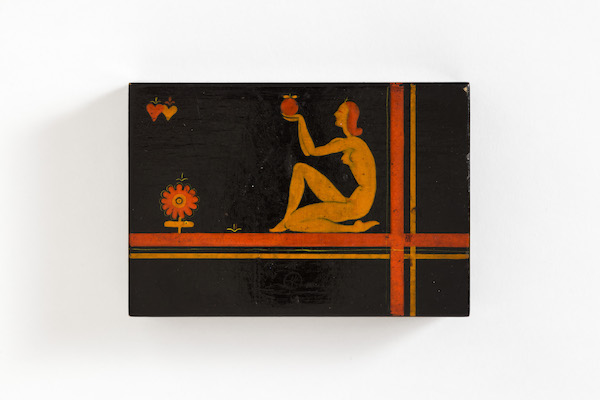
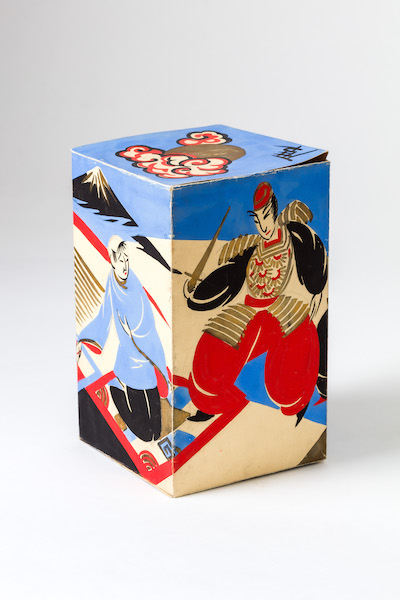
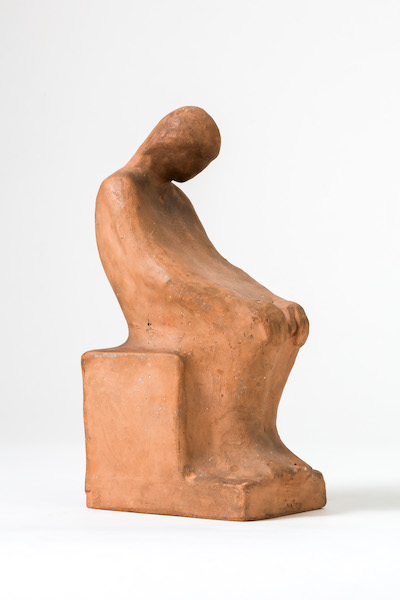
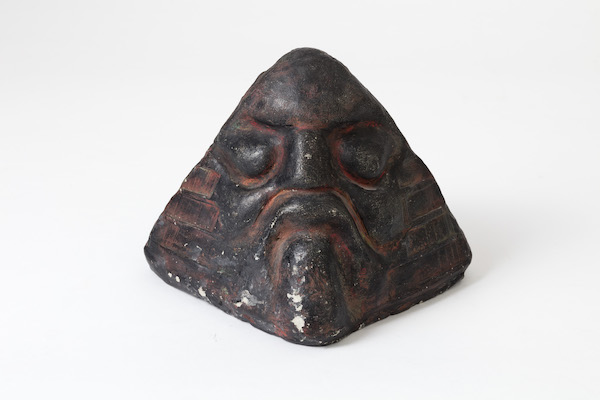
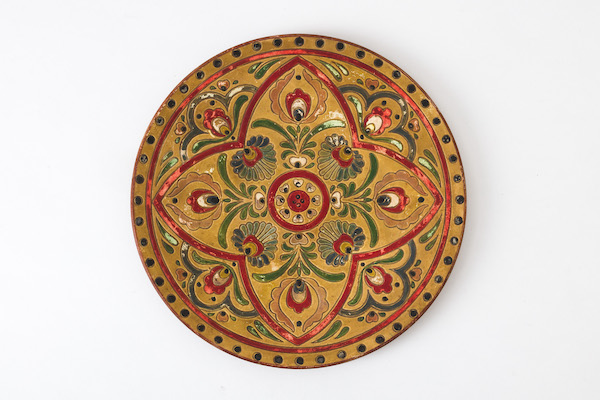
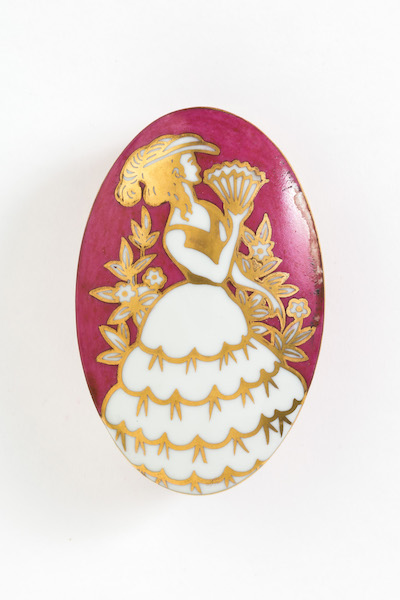
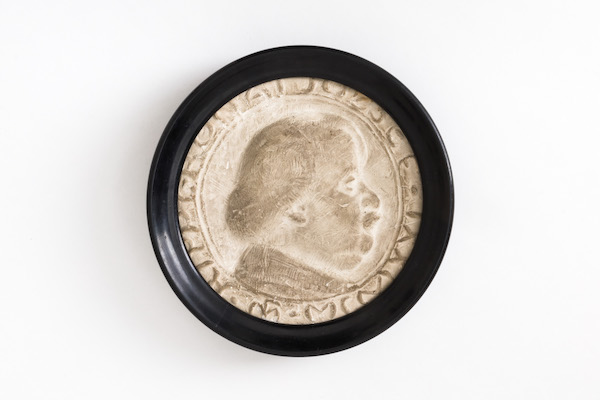

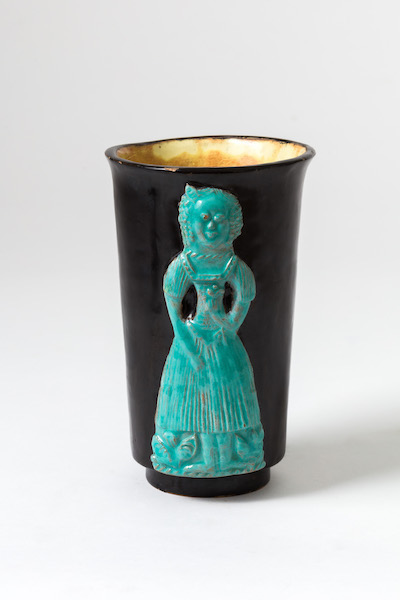
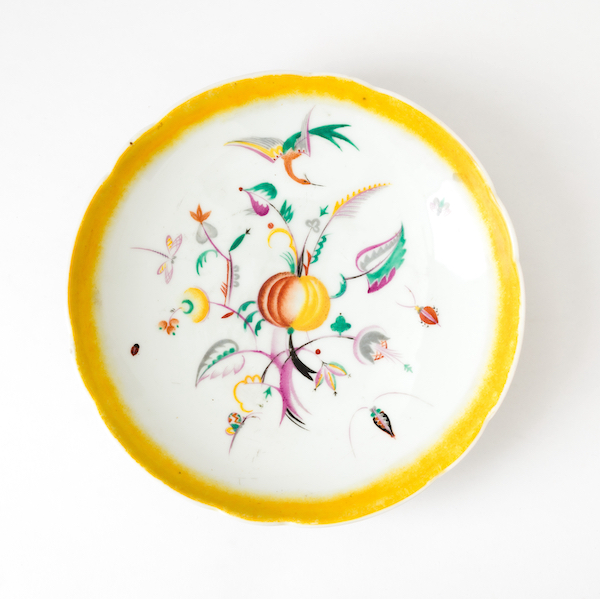

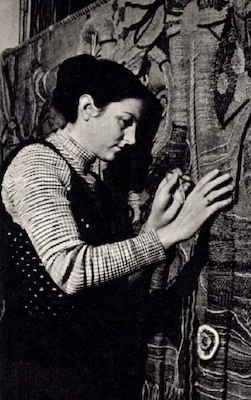
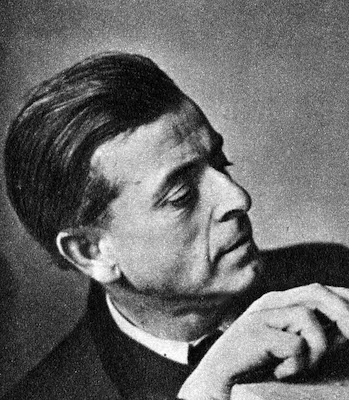
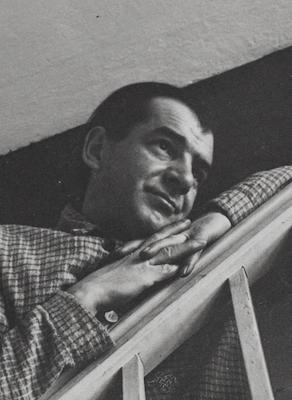
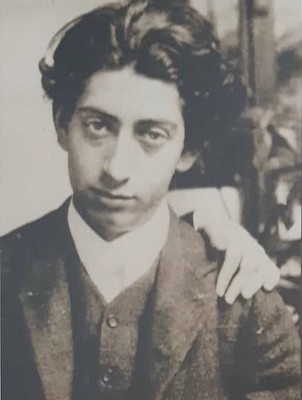
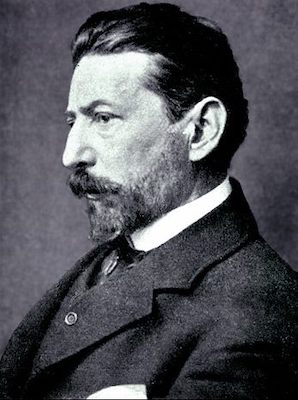
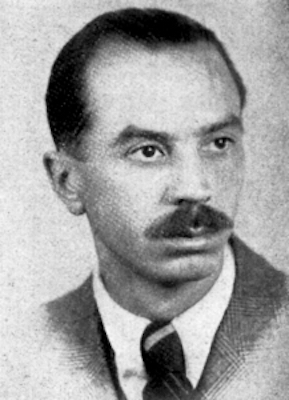
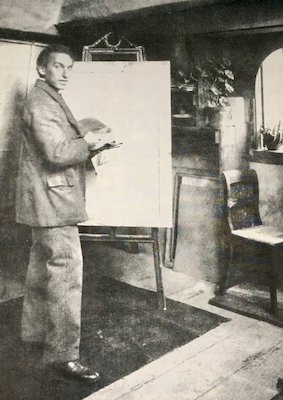
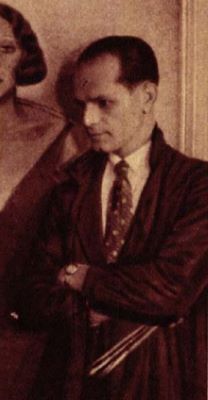
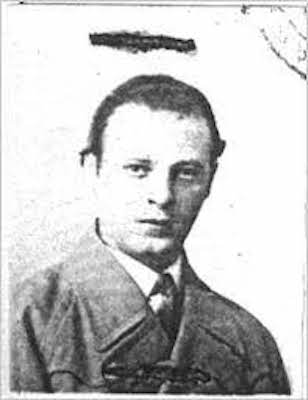
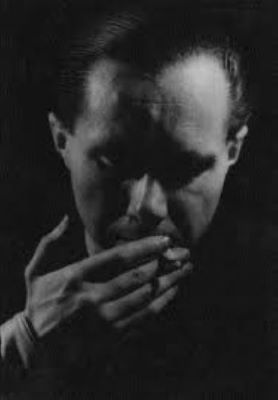
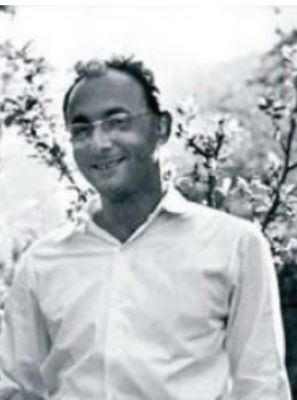
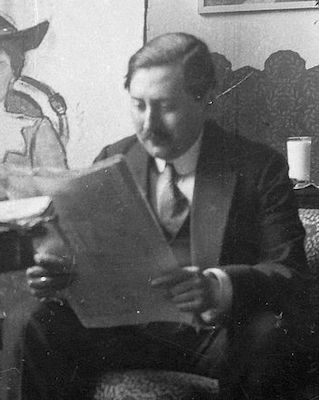
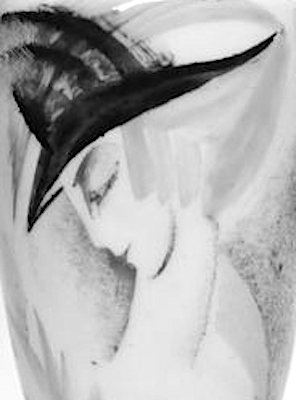
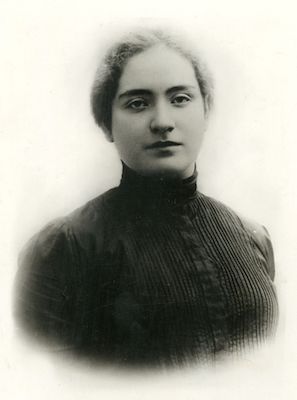_%E2%80%93_crop.jpg?locale=en)
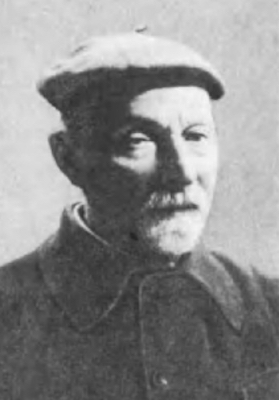
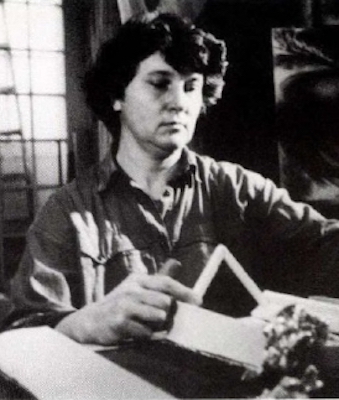
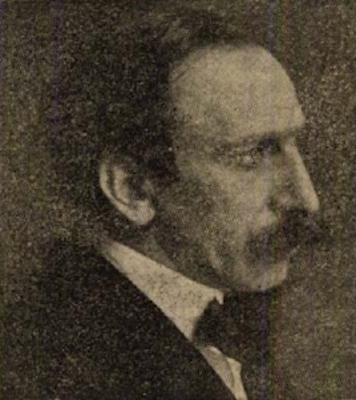
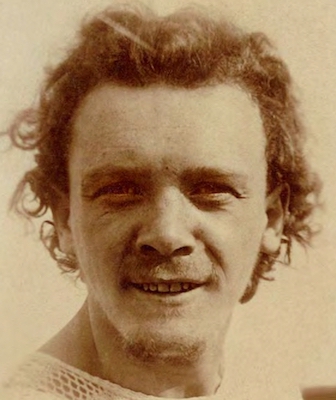
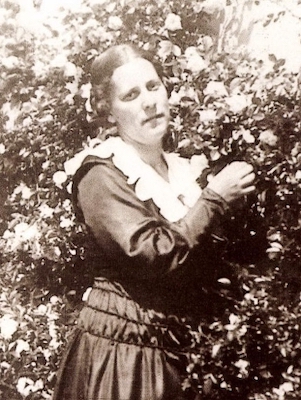
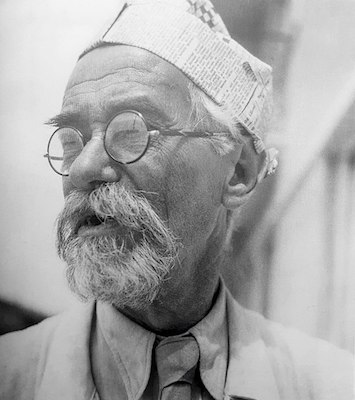.jpg?locale=en)
